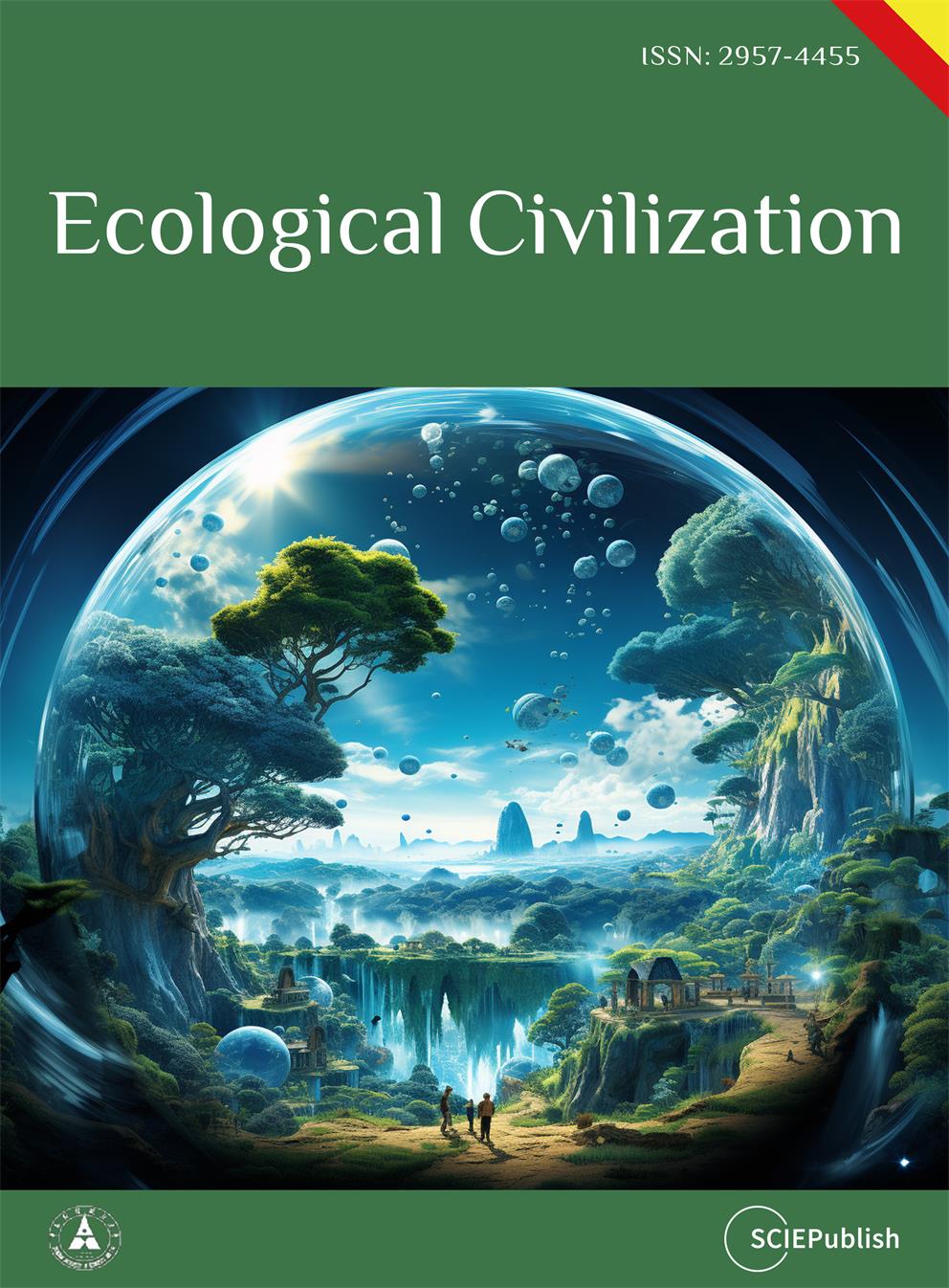Found 1 results
Article
01 September 2023The Priority of Nature-based over Engineered Negative Emission Technologies: Locating BECCS and DACCS within the Hierarchy of International Climate Law
Drastically reducing emissions is essential to achieve the Paris Agreement’s (PA) goal of keeping global temperature well below 2 °C, ideally at 1.5 °C. With regard to residual emissions, however, a demand for negative emission technologies (NETs), also known as carbon dioxide removal (CDR), remains. NETs are particularly necessary to reach net-zero goals by offsetting emissions in hard-to-abate sectors. This article examines the distinction between “engineered” and “nature-based” removals from the perspective of international climate change law. To that end, the relevant legal norms in the United Nations Framework Convention on Climate Change (UNFCCC), the Kyoto Protocol (KP), and the PA are interpreted—with a particular emphasis on two engineered removals: bioenergy with carbon capture and storage (BECCS) and direct air carbon capture and storage (DACCS). We posit that the three treaties establish a normative hierarchy that is more favorable towards so-called nature-based removals and less favorable to engineered removals (and even more favorable towards emission reductions).
